Norwich Castle has a long, dark and haunted history, says Norwich Paranormal Experience Group’s TRACY MONGER
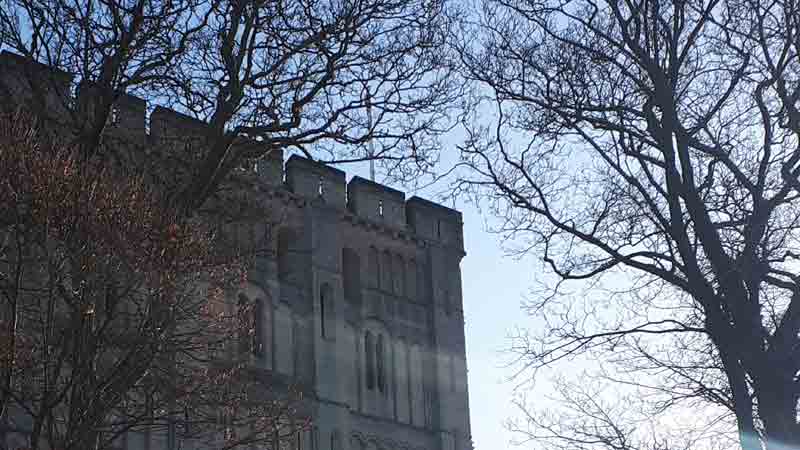
Norwich Castle has had a very interesting and mixed history since it was built for William the Conqueror in 1067.
Ninety-eight saxon homes were demolished to build the Conqueror’s royal palace. It was his only castle in East Anglia.
A late Saxon Cemetery has been located in the southern Bailey which containing 114 skeletons. Elsewhere 43 scattered skeletons were discovered. This is the only archaeological site in England that parrot bones have been found during excavations.
Shortly after the palace was built Ralph Guader the Earl of East Anglia, tried to seize the castle but failed and escaped to France leaving his wife, Emma at the castle.
The king’s army had over 300 men, laid seize to the castle for thee months and Emma surrendered.
When William returned back to Norwich at Christmas in 1075, he ordered that many of the castle’s defenders were executed or had their hands cut off or their eyes cut out.
By 1122 the castle was complete and King Henry I stayed at the castle.
During the 1300s, Norwich Castle became a gaol but there are no records of prisoners being kept here until the 15th century.
Excavations dated to the 17th Century found burials at the top of the mound of six adults and one child prisoner, showing pathological changes, head wounds and a high level of stress related disorders. By 1707 prisoners were escaping due to bad repair of the castle.
Prisoners were kept in chains but by 1810 only a few were, as most prisoners were sentenced to death, flogging was not common at Norwich prison.
The prison is no different to any other prison at its time and by the late 18th Century the gaoler charged the prisoners for almost everything including, furniture, bed clothes, drink, visitor and for releasing the prisoners.
The poorer were given a bread allowance and relied on friends or other people for food.
During 1824 the prison was rebuilt and could accommodate 255 prisoners and 250 prisoners in 1845, tunnels were build from the Shirehall to the castle, to transport prisoners.
There are also suggestions that tunnels run to the Guildhall, the Cathedral and what was the Crown Derby Pub.
On the 2nd of August 1887 the prisoners were transferred to the new prison.
While the castle was a prison, Saturday was the day for the hangings on the bridge between the two gatehouses, attracting up to 30,000 onlookers.
During 1849 trains were laid on for the hanging of James Bloomfield Rush for the murder of Isaac Jeremy (recorder of Norwich) and there is suggestions that James Bloomfield Rush’s bones were buried within the castle walls.
Robert Kett (Kett’s rebellion against Edward VI, revolt land enclosure) was captured and hung from the top of the castle. A hanging in 1854 lasted five minutes with the person struggling. The last pubic hanging was in 1867.
It is thought that some prisoners were burnt at the stake in the castle ditches. Norwich Castle was purchased in 1887 to become a museum and still is today, the castle was a prison for 900 years.
The oldest ghost of Norwich Castle
The oldest Ghost of Norwich Castle, is said to be King Gurgunt, it is thought during roman times he built a castle here, when he died the mound that the castle is now on was built for him and it is thought that he still sits on the mound, with a sword in hand and next to a table piled with silver and gold.
Robert Kett’s ghost is reported to have been seen hanging from the top of the castle, rotting in a swinging cage.
The most popular and most sighted ghost of the castle is of a woman, wearing a black dress.
The first recorded sighting was in 1820 by several prisoners who were scared half to death.
She is thought to be wearing Victorian clothing and wanders around the art exhibition area of the museum, she turns the corner and vanishes (this area was once part of the Gaol).
The same woman has been seen in the grounds of the castle, floating around and the staff of the museum have witnessed in this area.
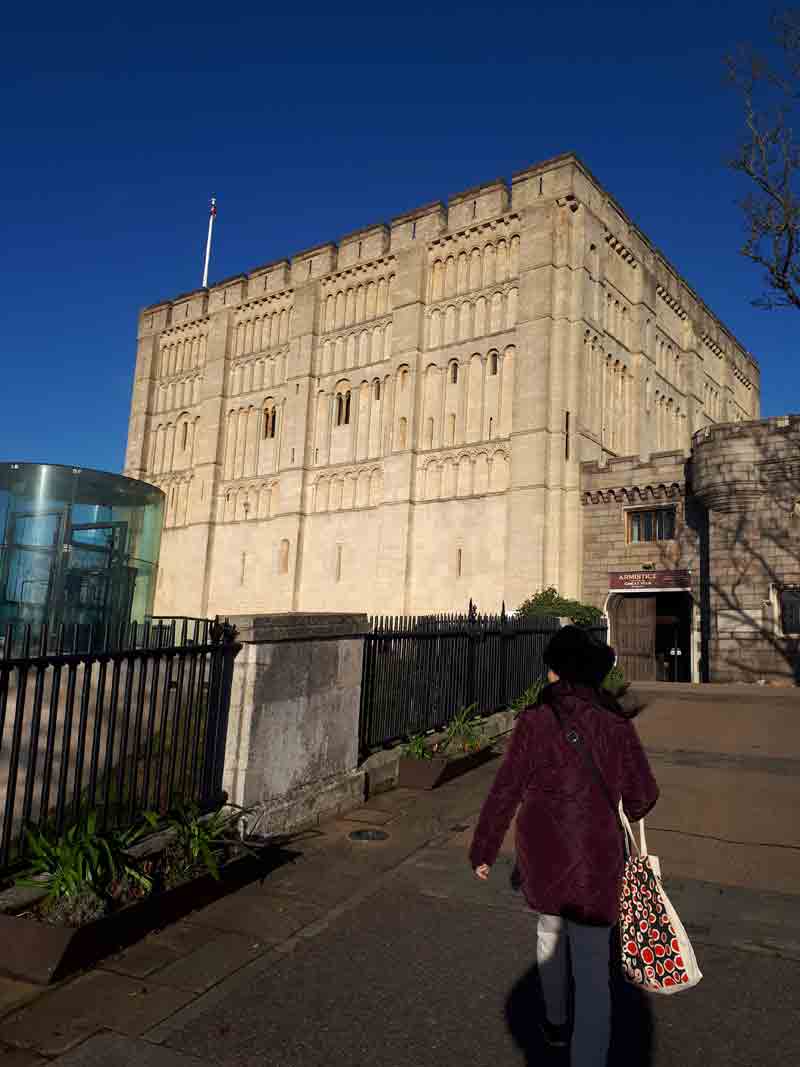
The Black Lady is thought to be Martha Alden, she lived at Attleborough with her husband and on the 18th July 1807, she murdered her husband by cutting off his head with a billbrook, she then proceeded to take her husbands body to a dry ditch in the garden with help from Mary Orvice.
Two days later, they both moved his body to a pond on a nearby common and the body was soon recovered.
Martha’s defence for killing her husband was that she was a battered wife and he had threatened to kill her and he was drinking away their inheritance. Martha’s hanging took place on the 31st July 1807 to a rowdy Attlebrough crowd, on a hurdle and this represented a mark of shame.
Once she had died her body was handed over for dissection.
The rowdy Attleborough crowd burnt the cottage down that she once lived in, but a few days later a ghostly figure was seen on the castle hill and it was identified as Martha.
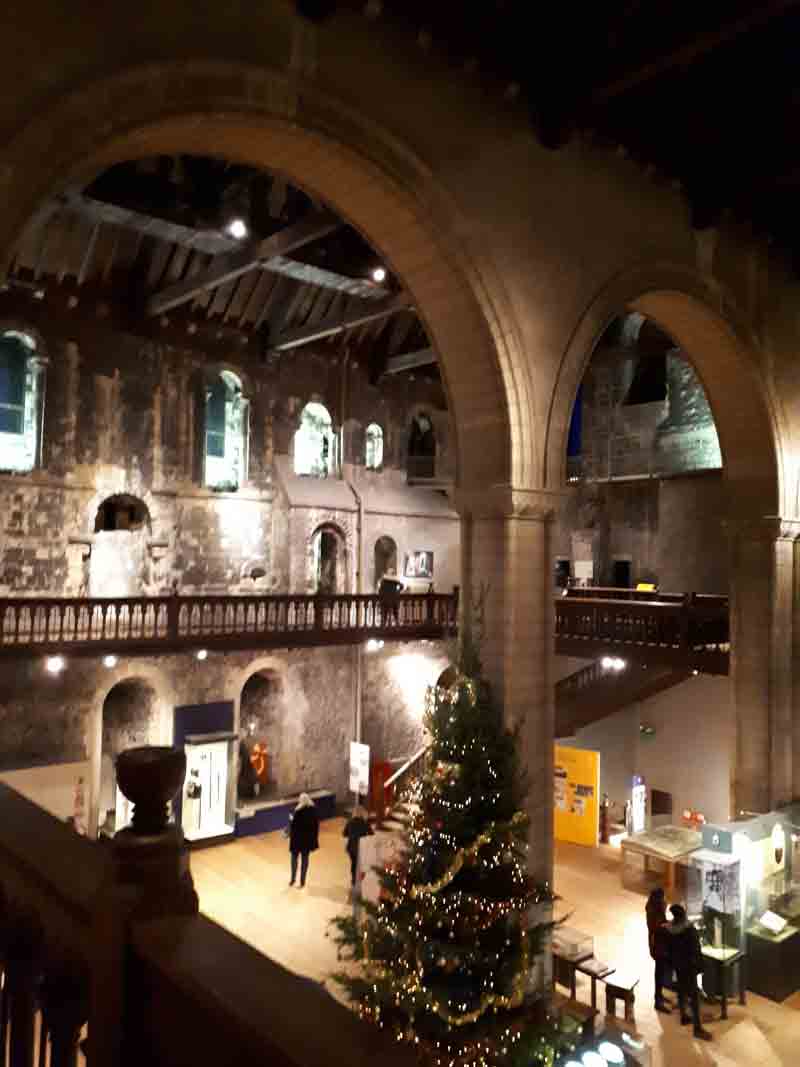
Norwich Paranormal Experience Group has done a charity public investigation at the Castle Mall (which is build on part of the old castle grounds), we had access to the castle bridge and decided to do psychometry, the information picked up was black flies, a jeering crowd, images of hands being seen, one was skeletal but in a green lights, someone’s head became fuzzy and heavy, they felt like they had wobbly legs.
Could these experiences be the energy picked up of the hangings that took place on the bridge?
I will leave you to make your own minds up on this.
Sadly we did not see Robert Kett hanging from the Castle or the Lady floating around the grounds and I was told it was a white lady!
It is surprising that there is not more Ghost sighting at Norwich Castle considering the Castle was used as a Gaol for 900 years, I have heard the dungeons are haunted but have found no evidence as yet to suggest this.


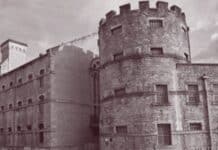


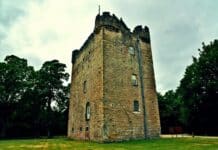

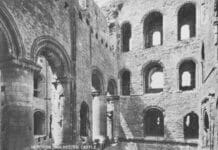
If the woman's ghost was first spotted in 1820 she wouldn't have been wearing Victorian era clothing..